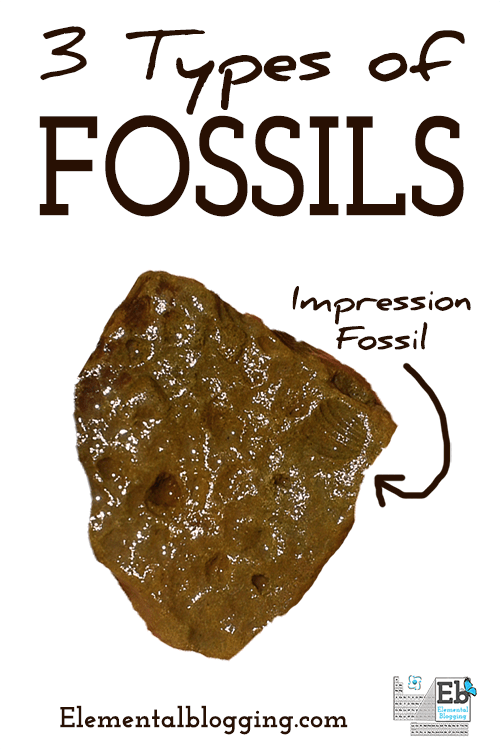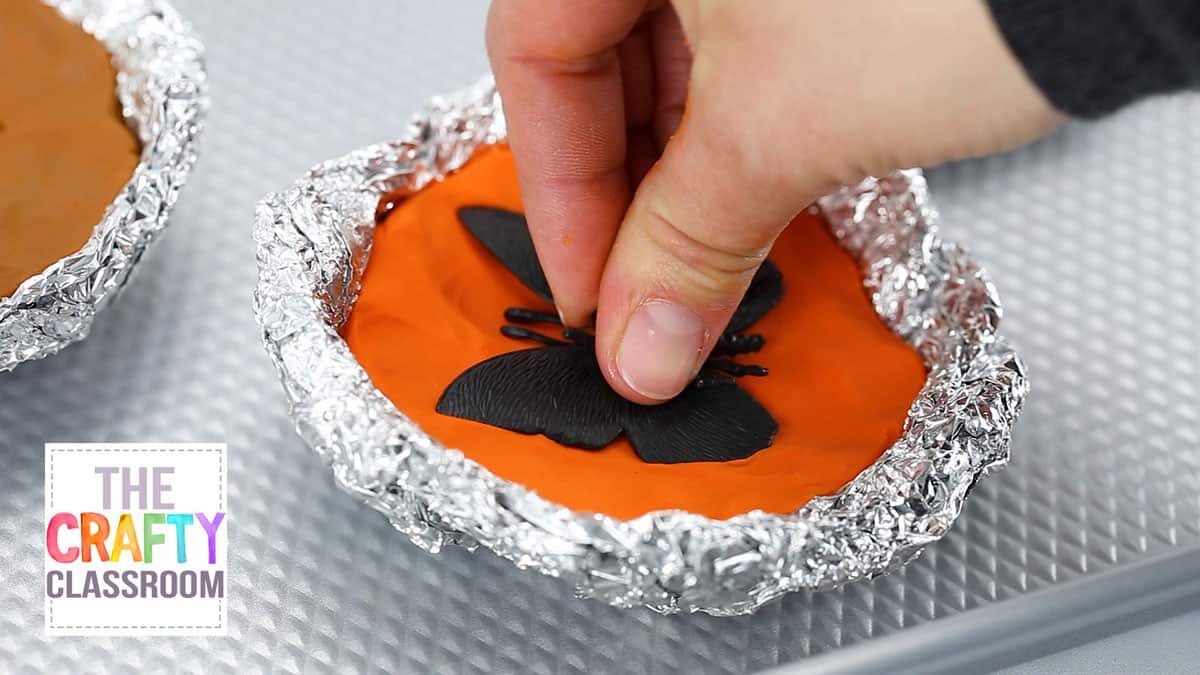Fossil Frenzy Activities
Dino-Riffic Educational Activities for Fossil Frenzy
These educational activities were made by Romi Sharp of Books on Tour PR and Publishing. In these engaging activities, students will use their hypothesising, analysing and fine motor skills to uncover scientific discoveries with regard to Australian dinosaurs and the formation of fossils.
Below are the resources prepared to accompany Fossil Frenzy.
This Chapter Book is suitable for children aged 8-12 years.
The activities below are suitable for various ages in that range.
Key Curriculum Areas: Years 3 – 6
English
Responding to literature: Draw connections between personal experiences and the worlds of texts, and share responses with others (ACELT1596)
Creating texts: Plan, draft and publish imaginative, informative and persuasive texts containing key information and supporting details for a widening range of audiences, demonstrating increasing control over text structures and language features (ACELY1694)
Using Software: Use a range of software including word processing programs to construct, edit and publish written text, and select, edit and place visual, print and audio elements (ACELY1697)
Interpreting, analysing, evaluating: Use comprehension strategies to analyse information, integrating and linking ideas from a variety of print and digital sources (ACELY1703)
Science
Biological sciences: Living things can be grouped on the basis of observable features and can be distinguished from non-living things (ACSSU044). Living things depend on each other and the environment to survive (ACSSU073)
Nature and development of science: Science involves making predictions and describing patterns and relationships (ACSHE061)
Questioning and predicting: With guidance, identify questions in familiar contexts that can be investigated scientifically and make predictions based on prior knowledge (ACSIS064)
Communicating: Represent and communicate observations, ideas and findings using formal and informal representations (ACSIS071)
Discussion Questions
After Reading –
What did you learn about Australian dinosaurs from the book, Fossil Frenzy?
What aspect of the book did you find most fascinating? What would you like to learn more about?
Which parts did you most relate to? Can you identify text to text, text to self, and text to world relations?
Discuss the sciences behind the study of dinosaurs and prehistoric artefacts. What places or resources might you use to find out more?
Research Questions
Fossil Frenzy provides the perfect gateway to a range of engaging archaeology and palaeontology studies. Here are a few topics that can be extended upon, one of which we will focus on below.
What is a Palaeontologist? What is an Archaeologist? Complete a Venn Diagram to compare the two.
Fossils – Research different types of fossils and how they were formed.
Herbivore vs Carnivore vs Omnivore – Write the definitions of each. Draw up a table and find Australian dinosaurs that fit into each category.
Dinosaur Species Research Report – Make a booklet / poster / digital presentation using the glossary at the back of Fossil Frenzy, and including information about the Cretaceous Period, location with map, dinosaur characteristics, extinction, and so on.
Science based Activities
Objectives
To understand and explore the three main groups of fossils – impression fossils, trace fossils, and replacement fossils.
To understand how fossils are formed by creating their own fossil impression.
Materials
Exploration: A range of fossil samples
Creation: Plaster of Paris
Clay or Plasticine
Aluminium foil
Small objects to fossilise
Spoon
1. Discuss the 3 types of fossils
Impression fossils contain prints, or impressions, of plants or animals, which have landed in mud, silt or sand. Over time, the animal or plant disappears but the impression remains.
Trace fossils capture the activities of ancient animals, including footprints or droppings, which make an impression in the soft mud, silt or sand.
Replacement fossils are replicas of things that were once alive, such as trees or sea creatures. As they die, they are covered by mineral-rich water, and as they rot the organic parts are replaced by a hard mineral called silica. This creates a replica fossil of the living thing.
Reference: www.elementalblogging.com
2. Explore types of Fossils
If you have access to a range of fossilised bones, insects or natural materials, explore the details.
Ask questions and discuss: What kind of animal / plant do you think it is? What parts of the object can you see? If there are teeth, are they sharp or blunt? How might this have ended up as a fossil? What type of fossil is it? What are the similarities and differences to things you would find today?
Arts and Craft Activity
Make your own Fossil
1. Make a Fossil Cast
Crumble your foil into the shape of a circular bowl. You might like to make a few!
Shape your clay to fit inside each bowl, making sure not to overfill the clay.
Make impressions in the clay with your variety of plastic toys and objects. Be sure to press in all the tiny details, and remove the toy.
2. Make Your Plaster Fossil
Mix your plaster of paris as per the directions.
Spoon a small amount carefully over the top of your clay impression. Use the back of the spoon to smooth the top to the edges and to fill the small areas.
Set aside to dry and harden.
3. Reveal your Fossil
Carefully peel back the foil to reveal the clay and plaster.
Remove the clay slowly as to not break the plaster.
Study your fossil impression closely to observe all the lines and details! Wow!
Reference: www.thecraftyclassroom.com
Teaching notes prepared by Romi Sharp. Original educational activies can be found here.
Dinosaur Colouring Sheet
For a dinosaur colouring page, see resource below.





